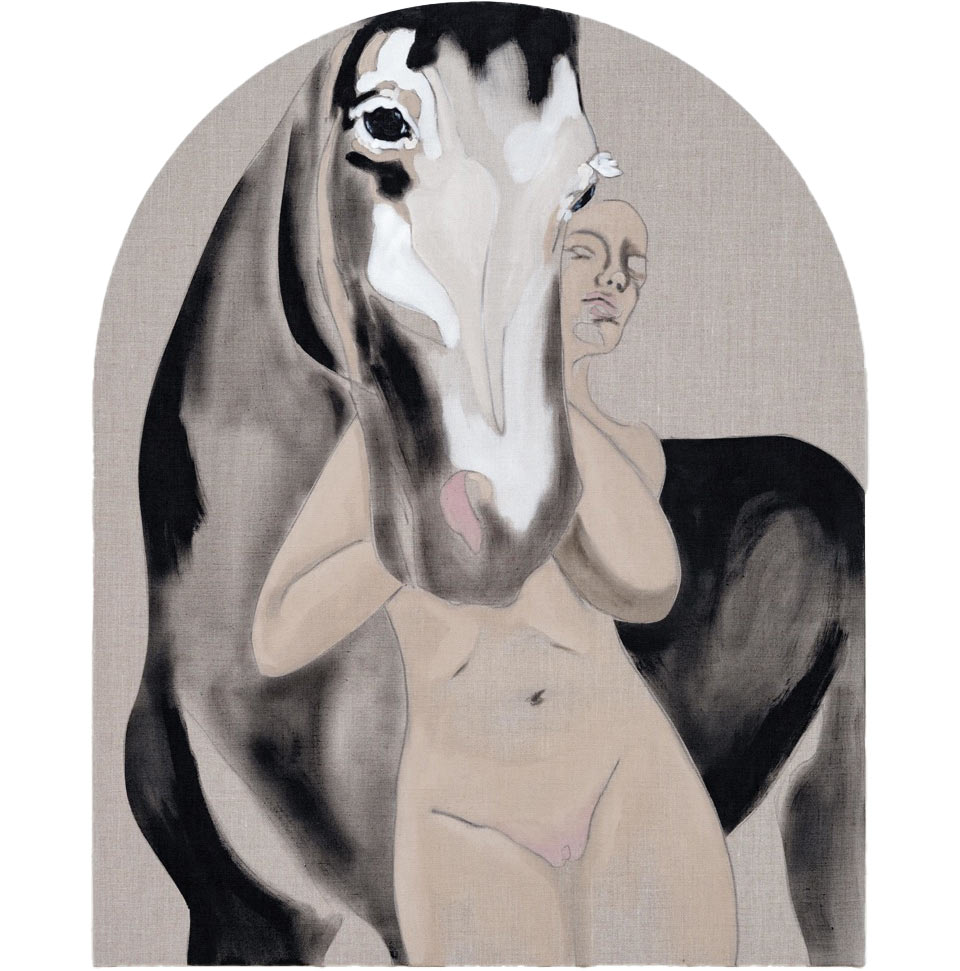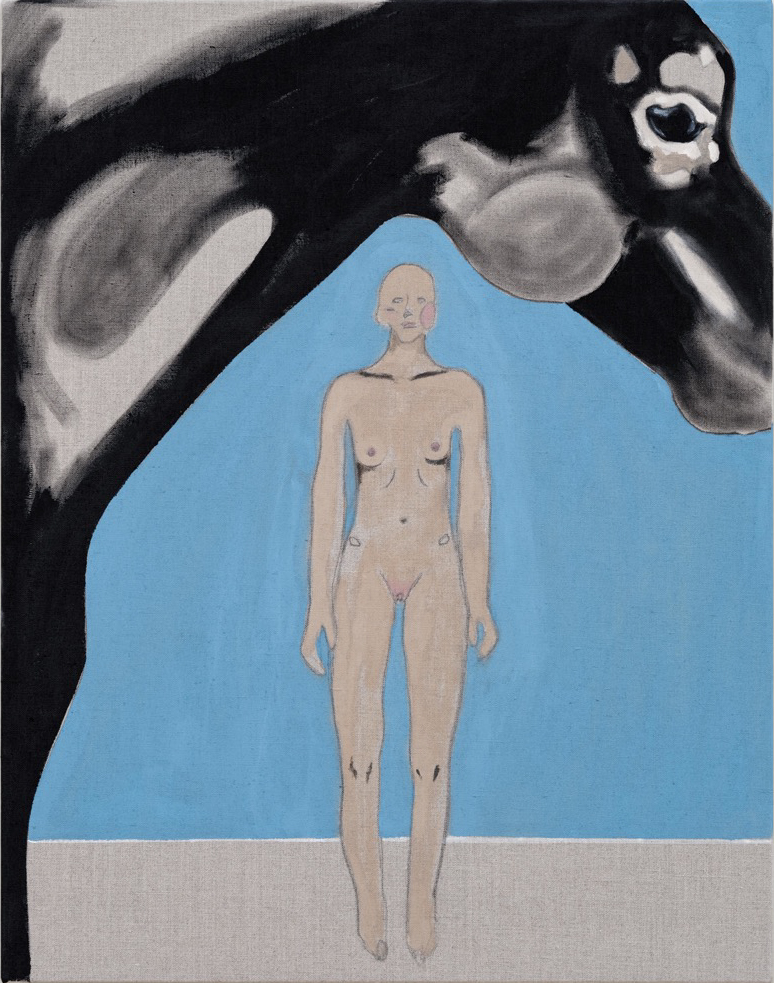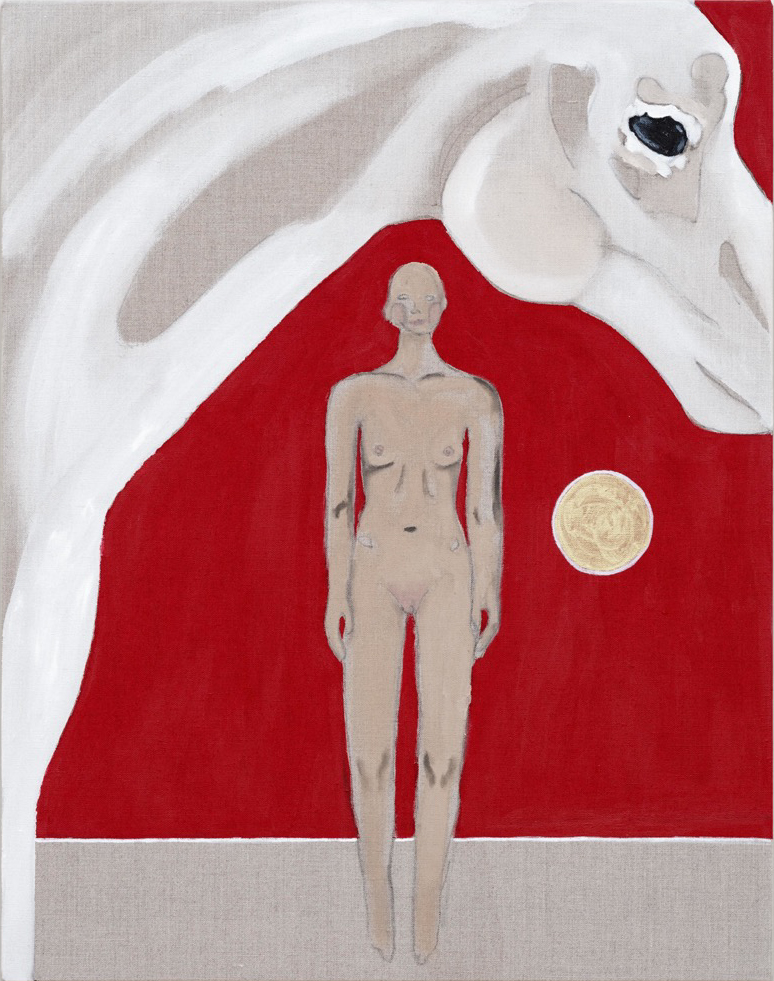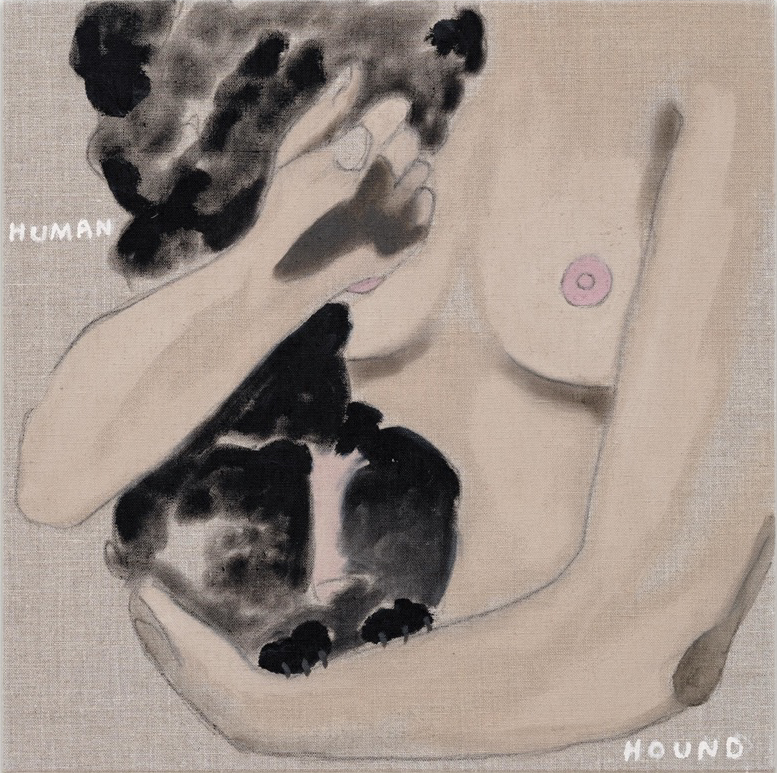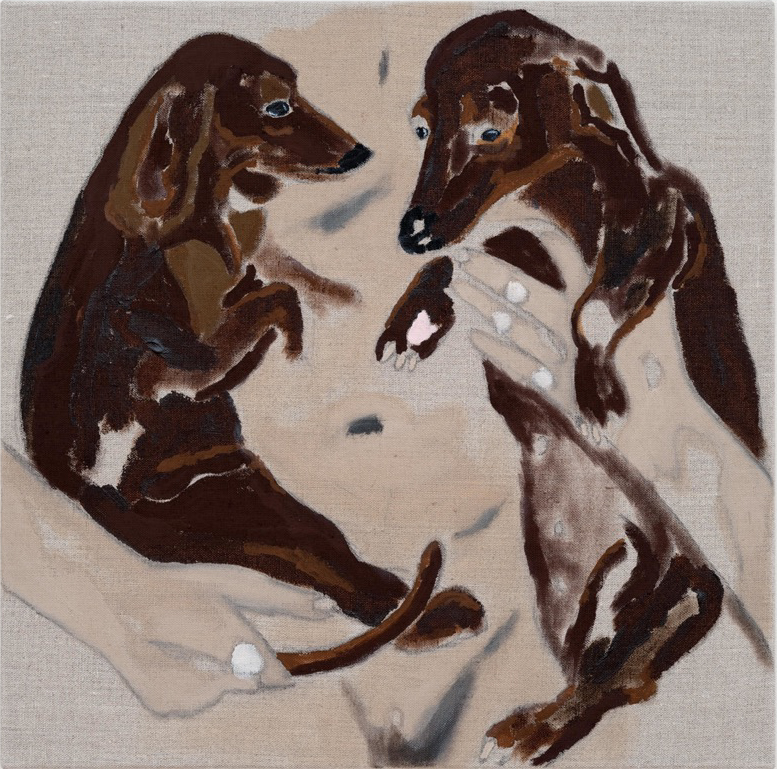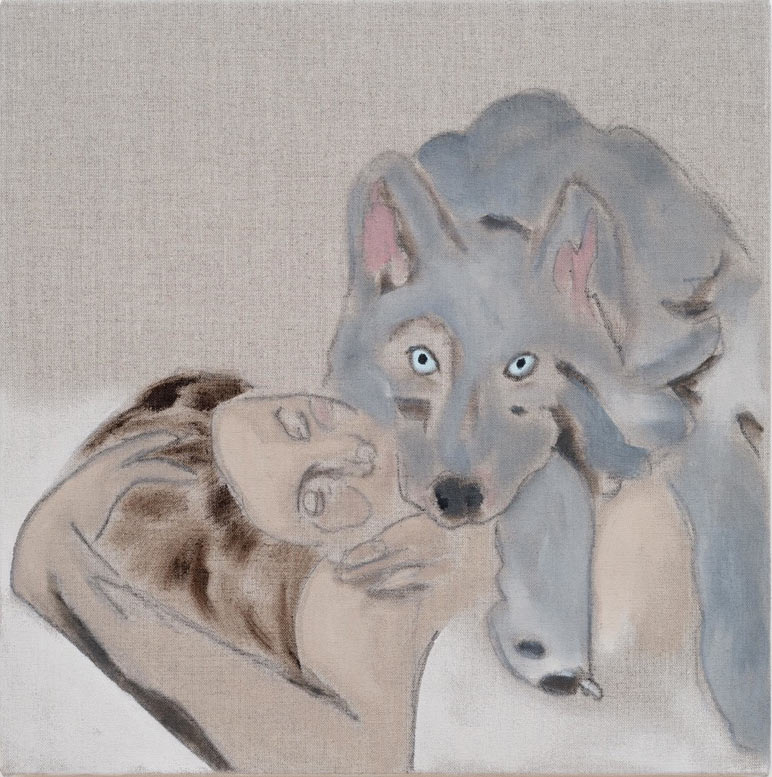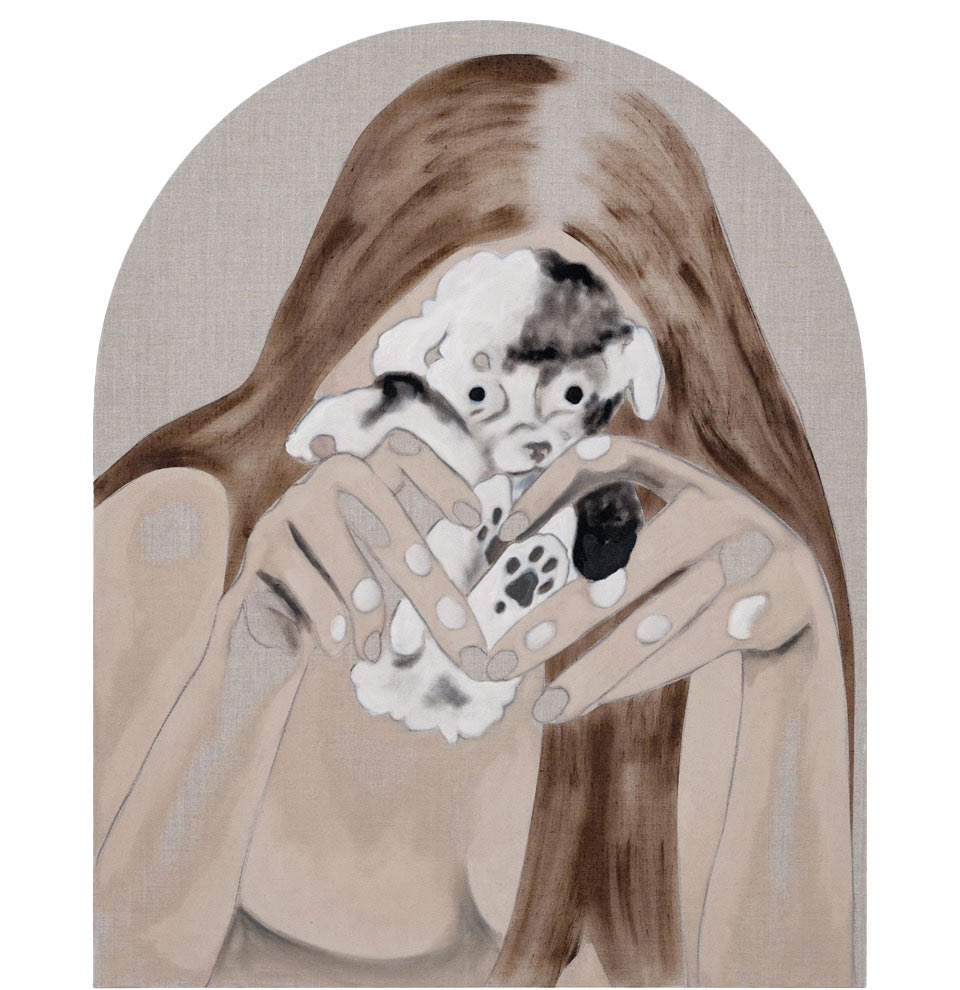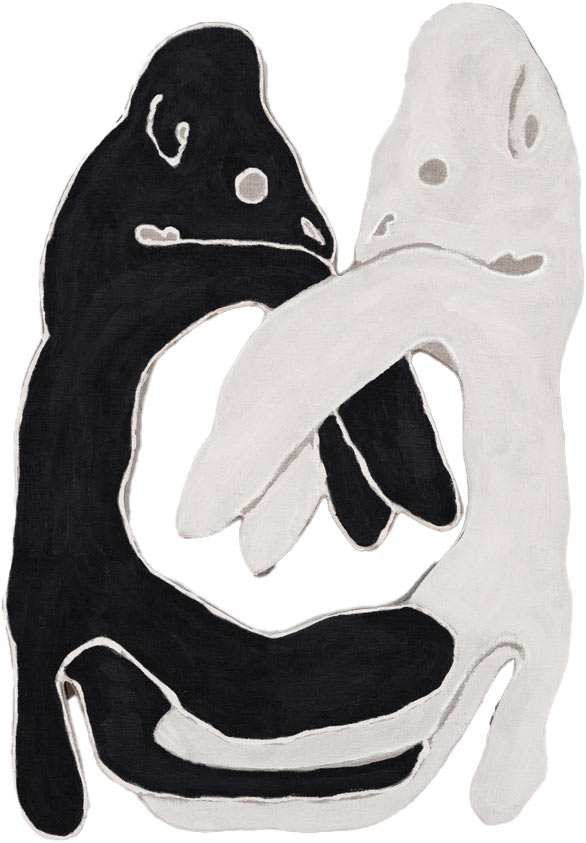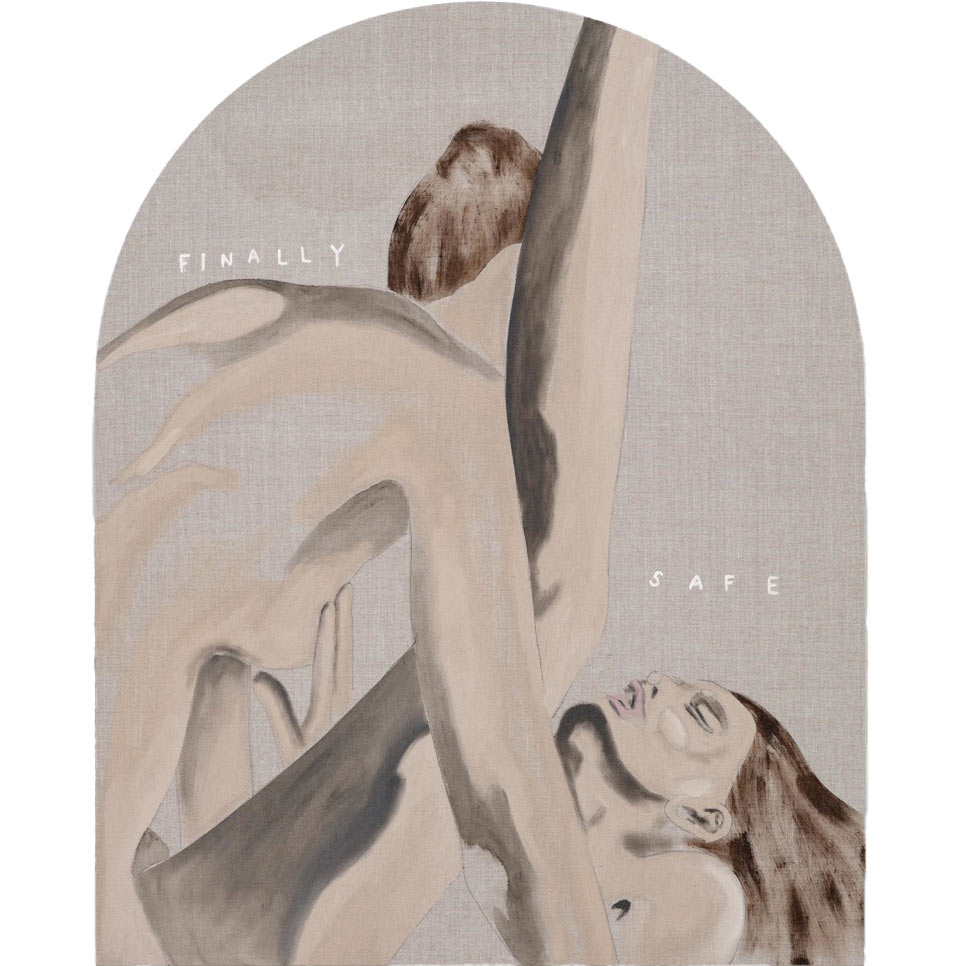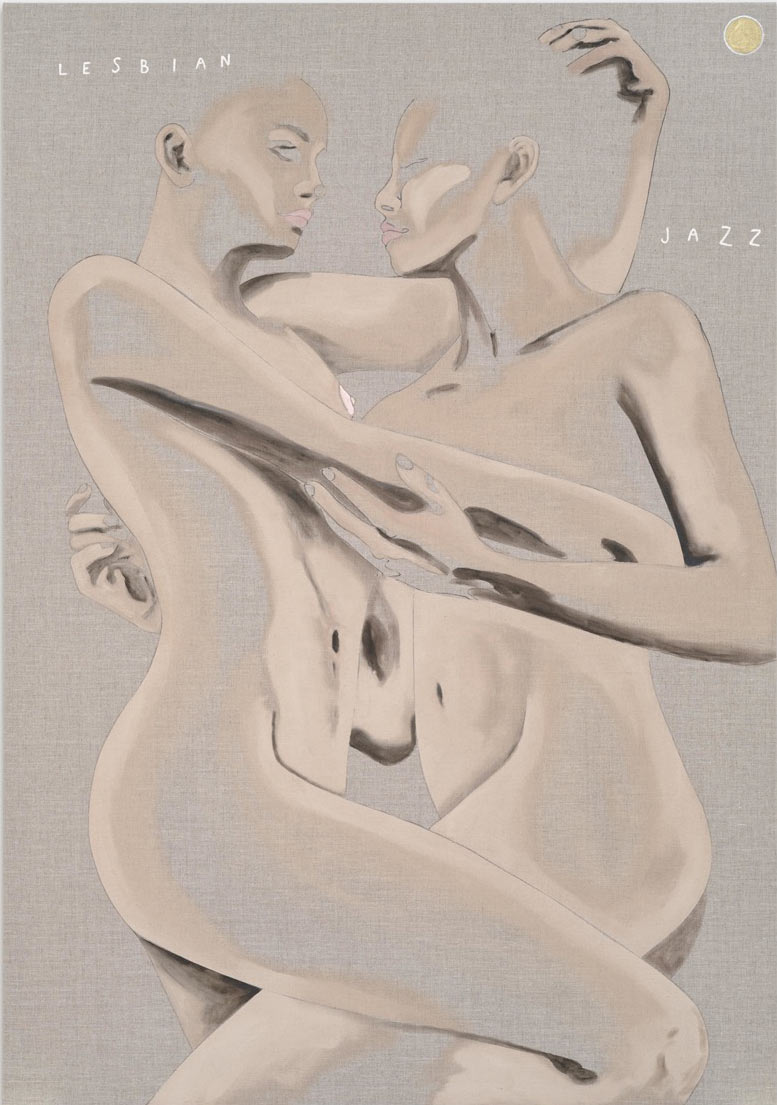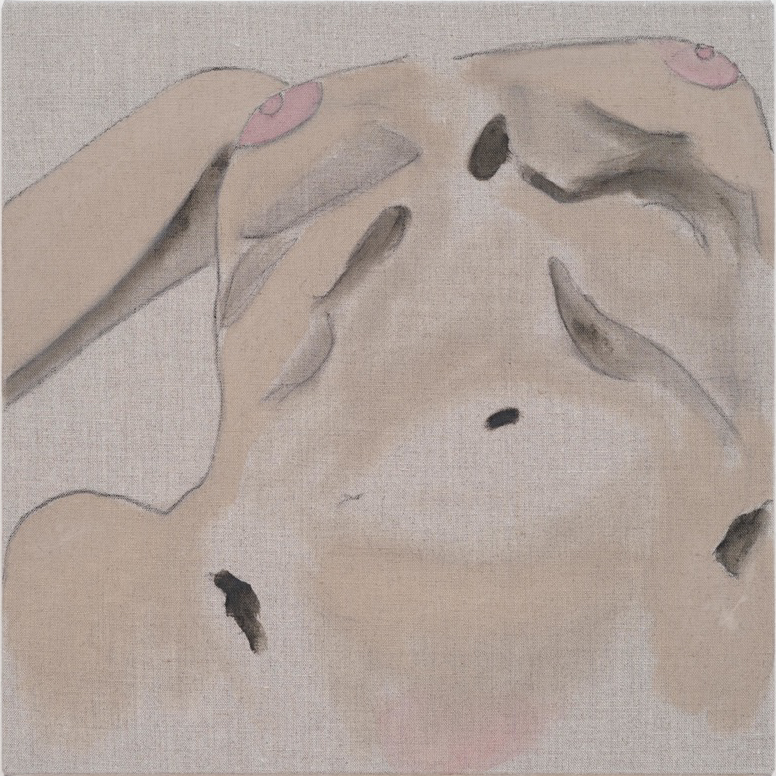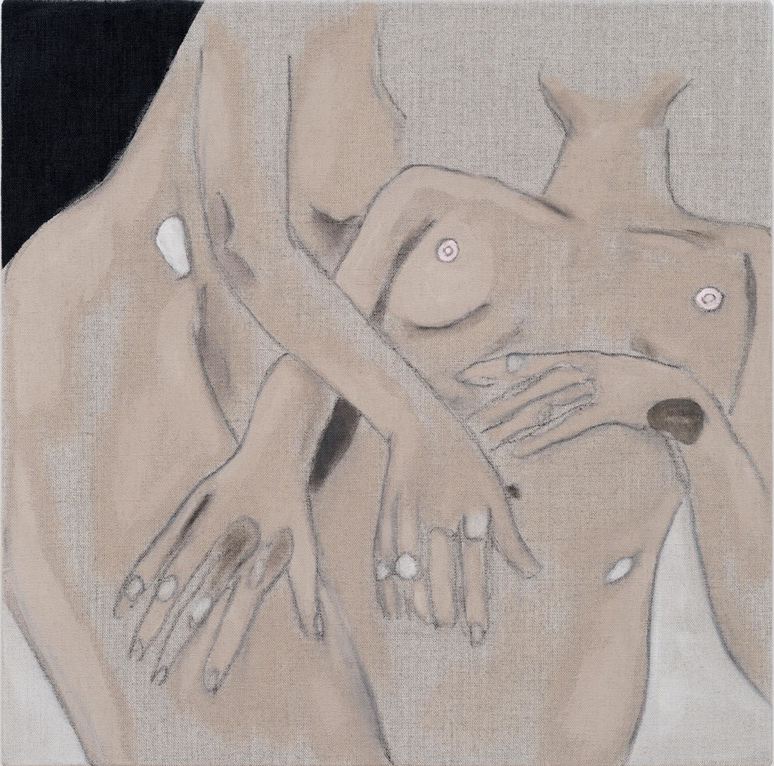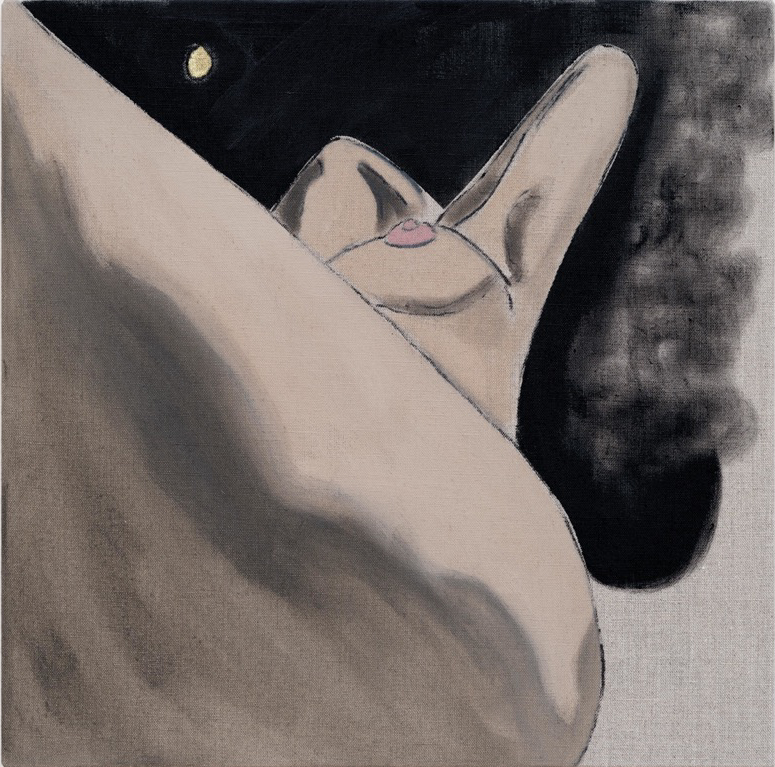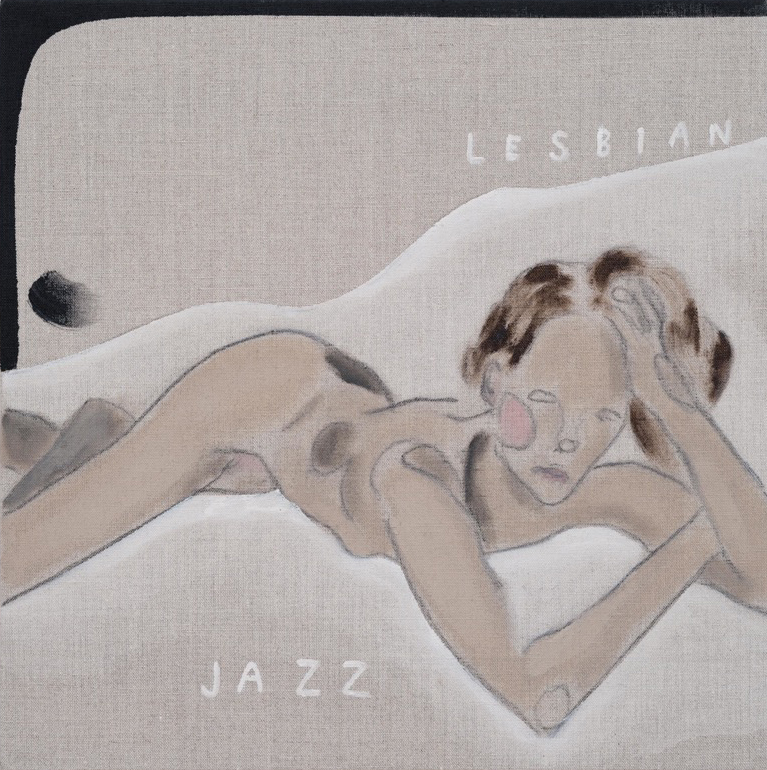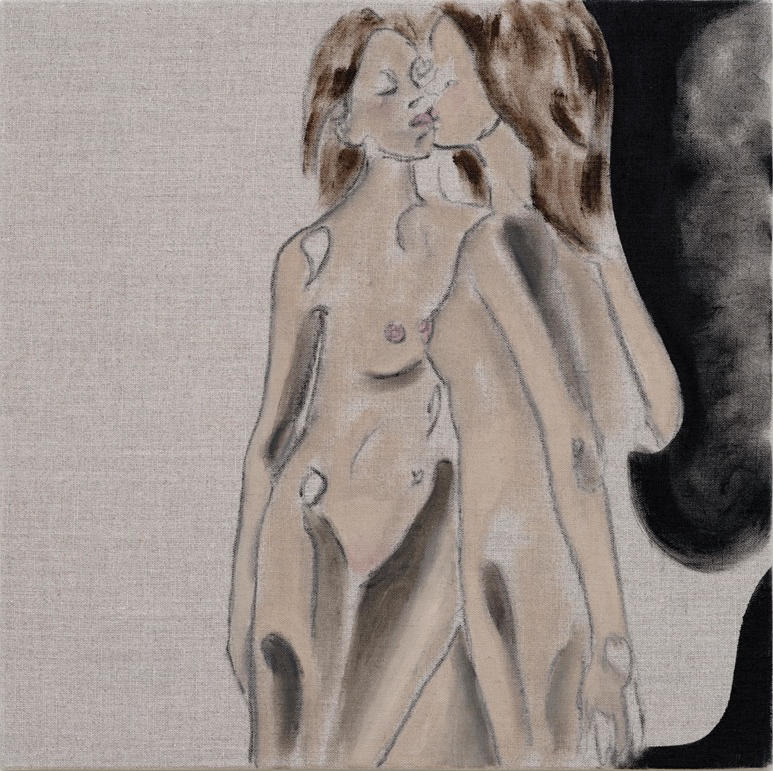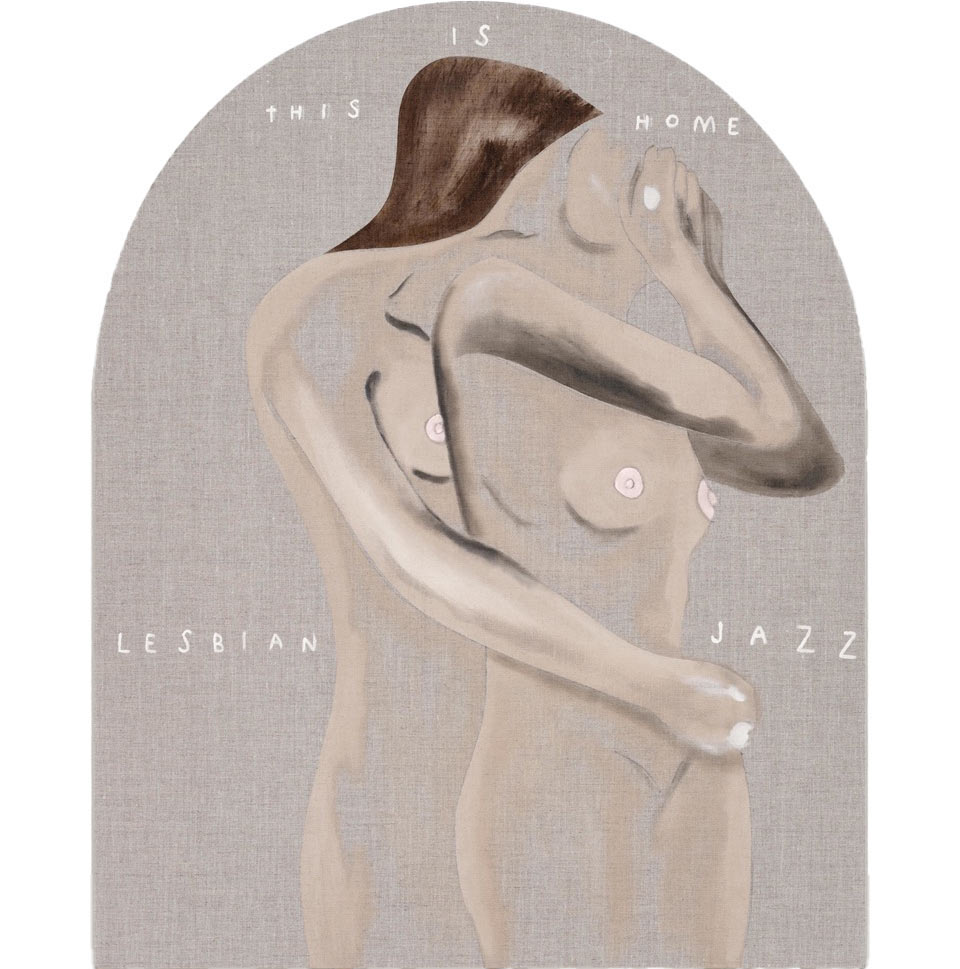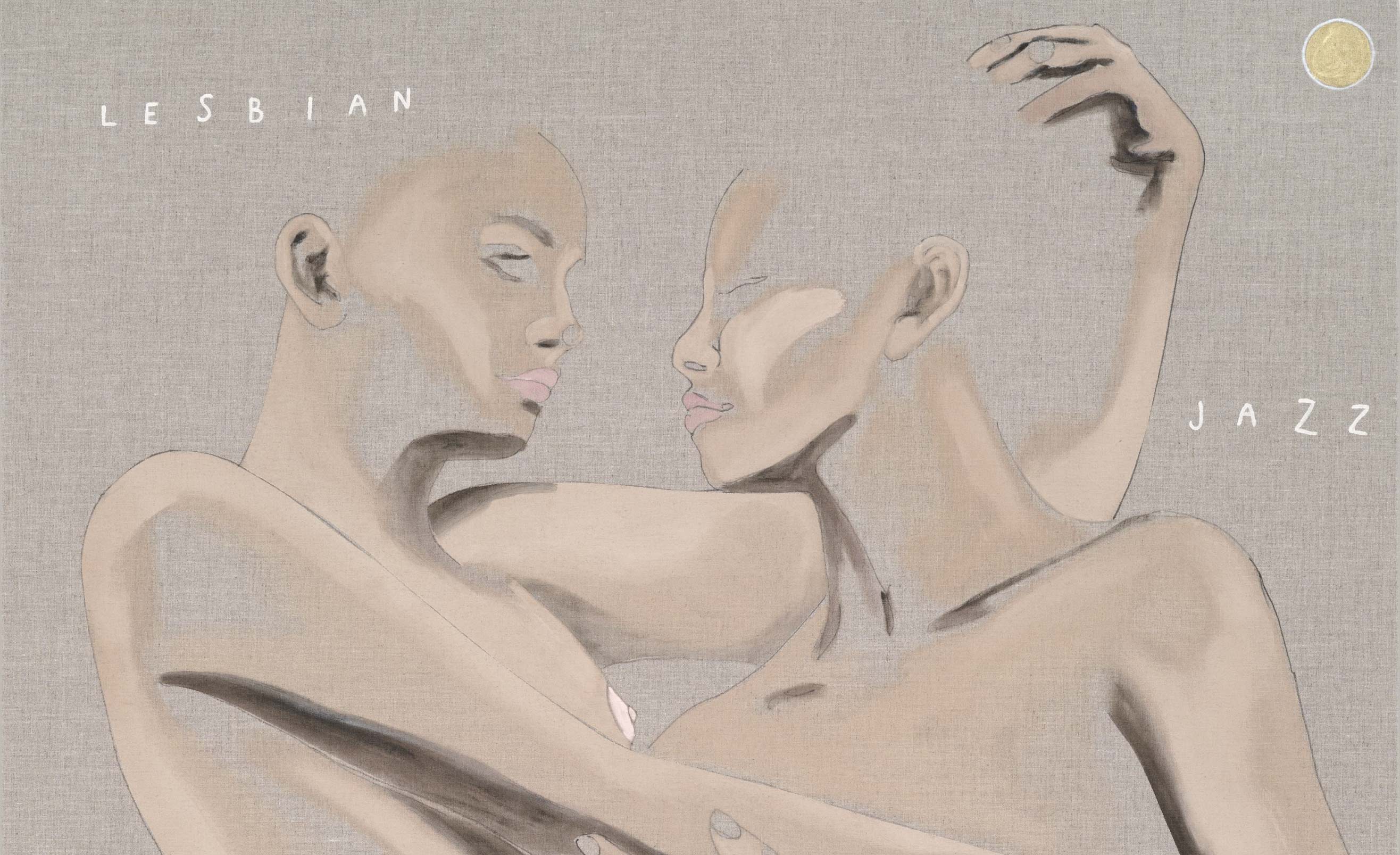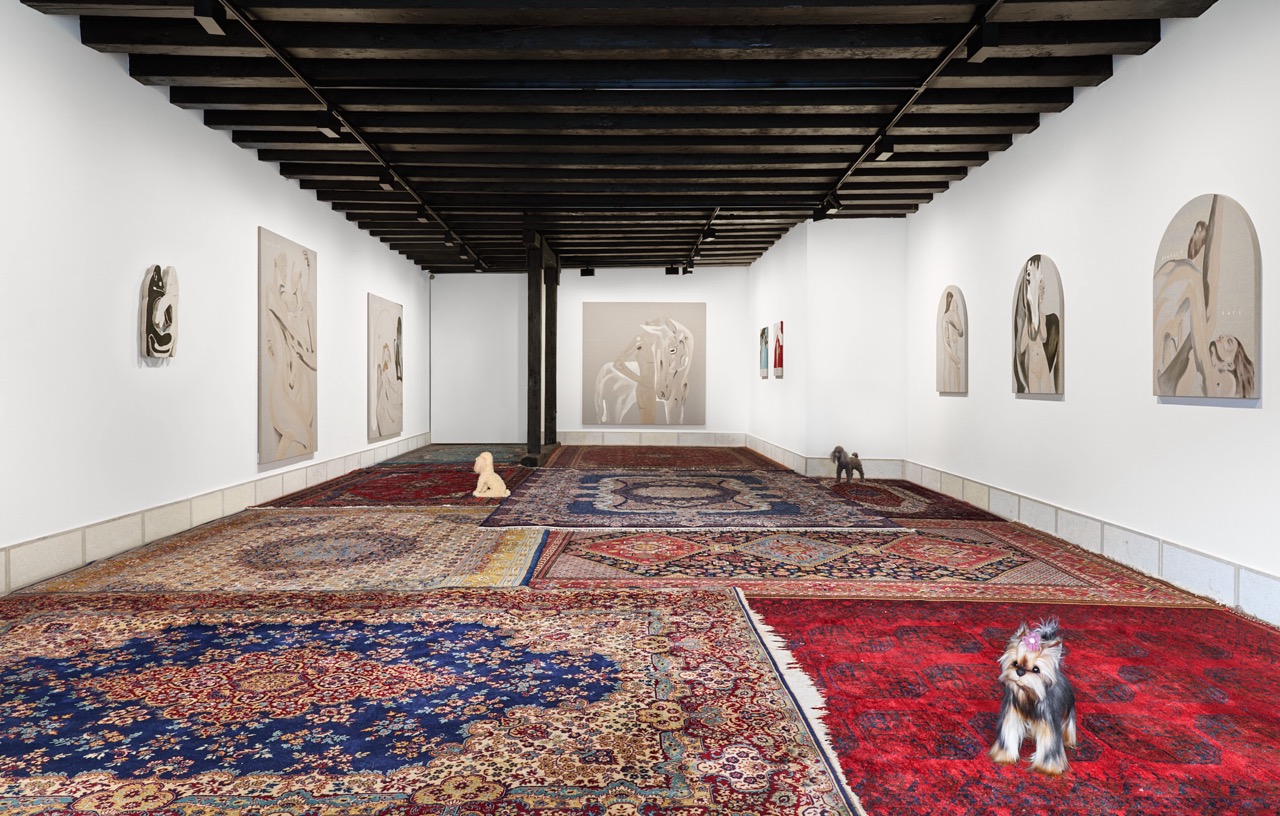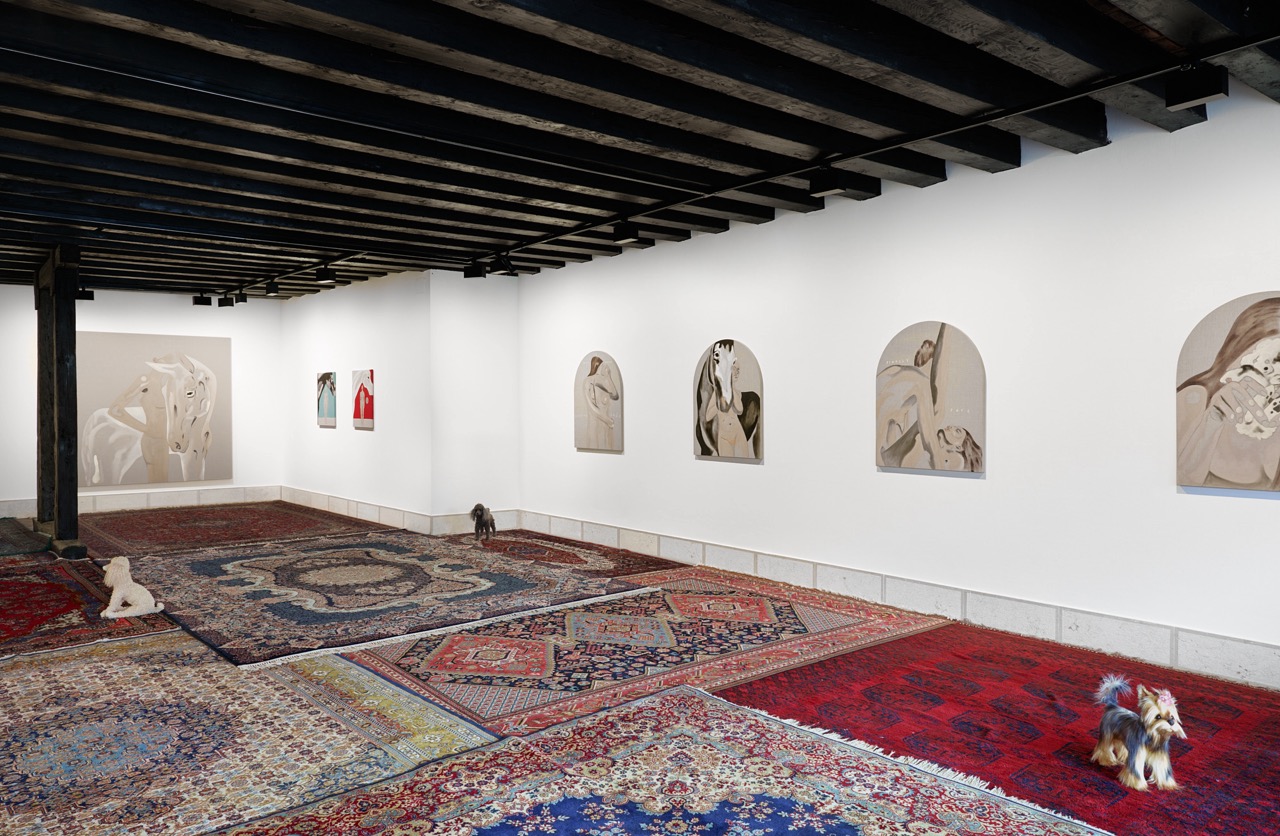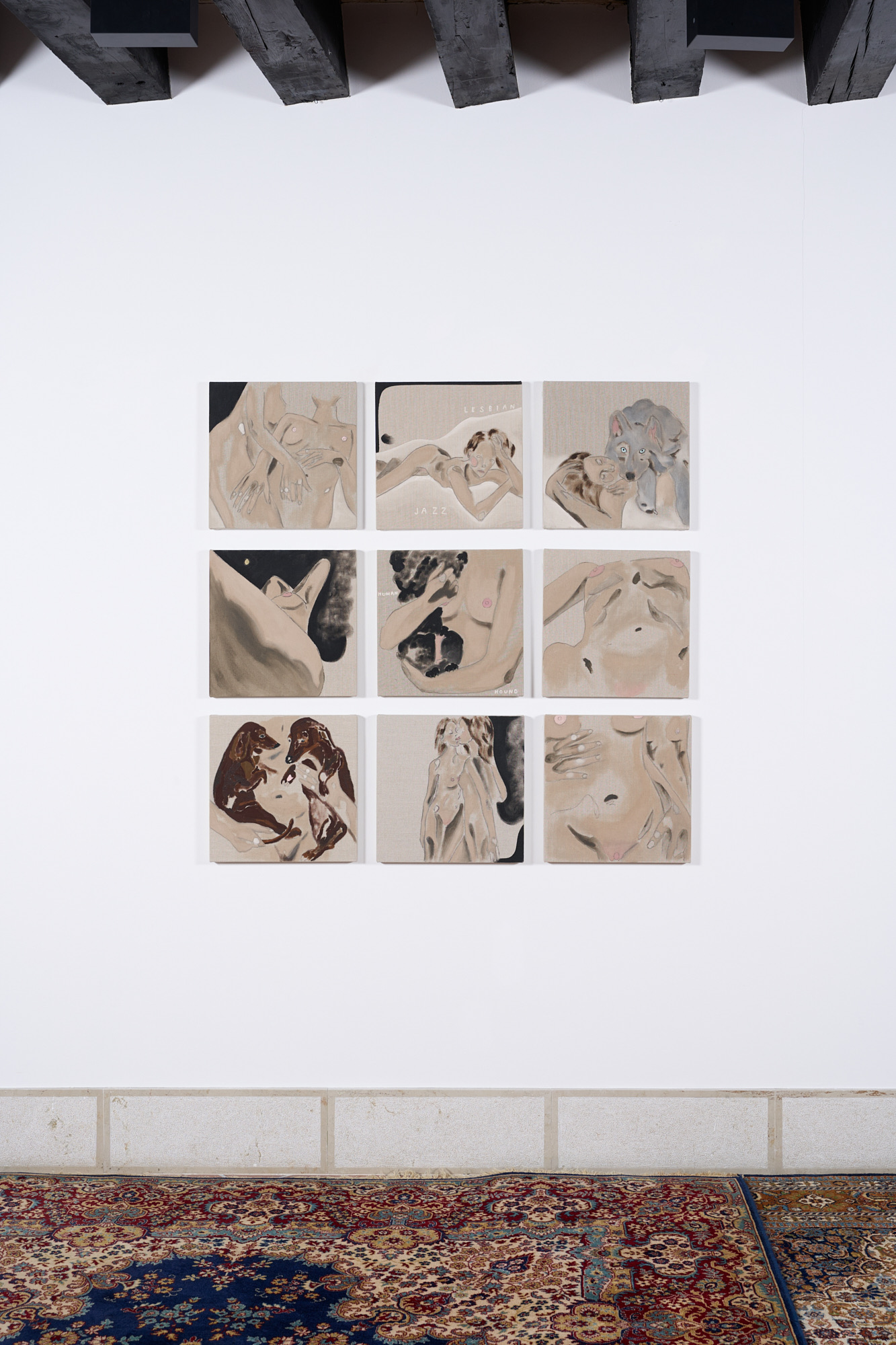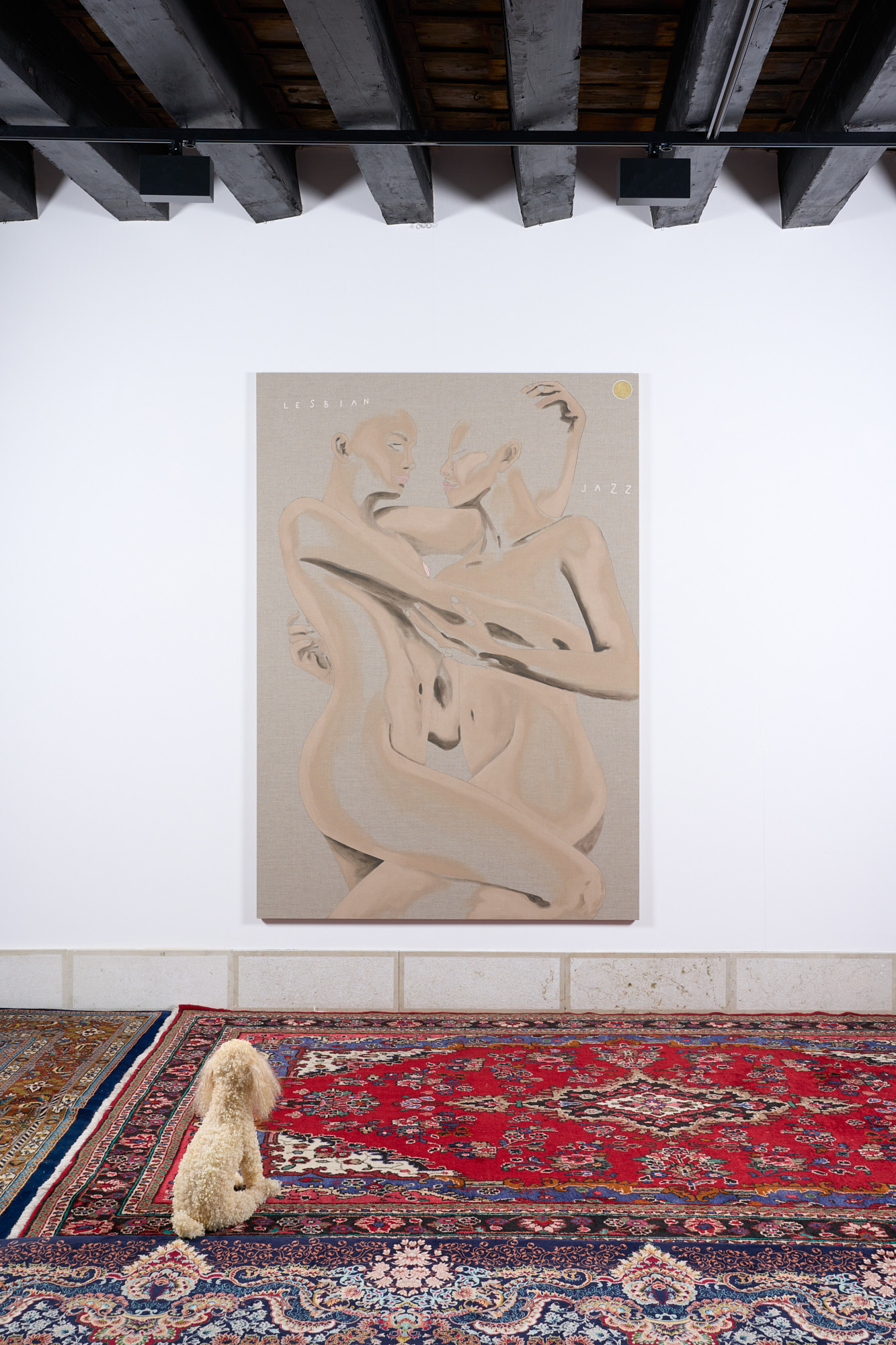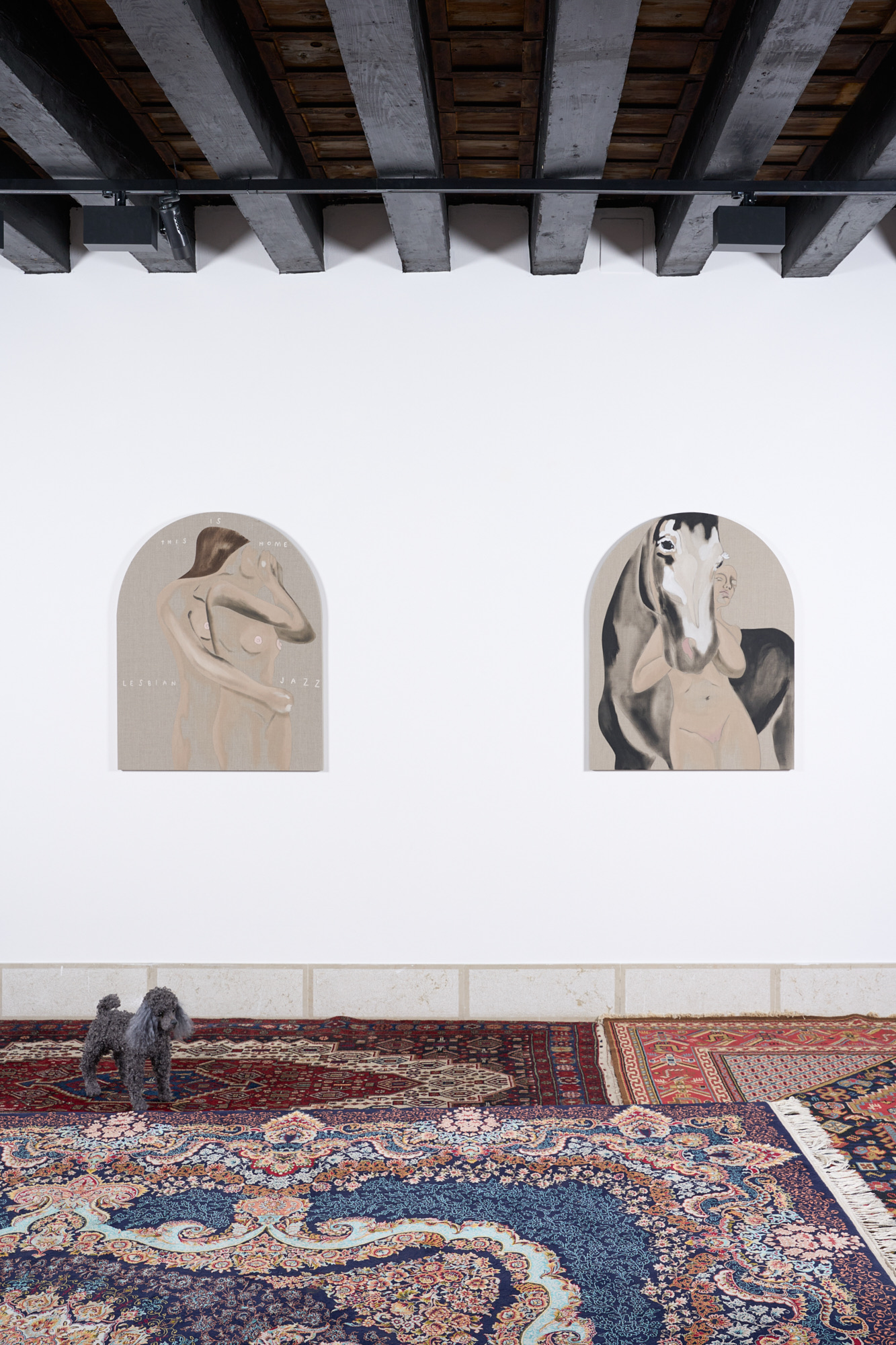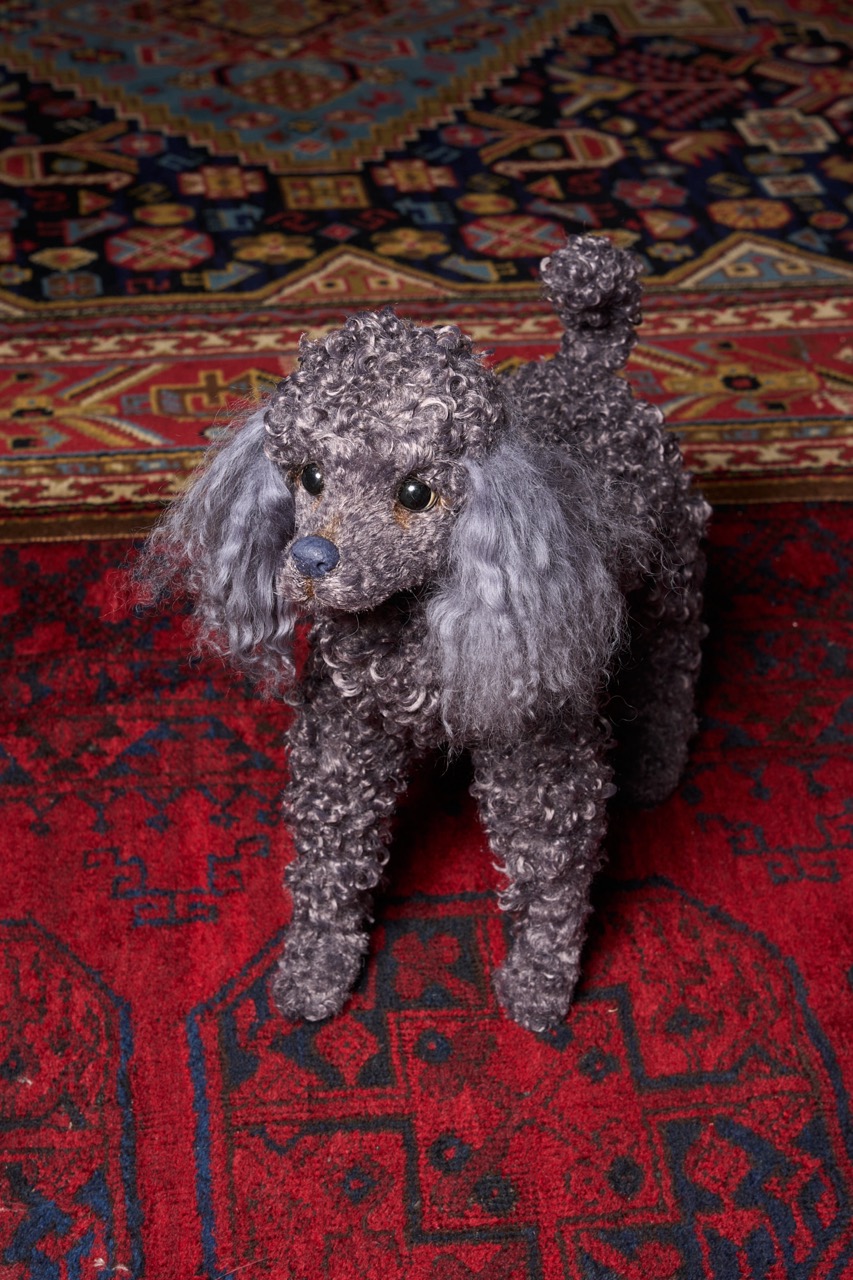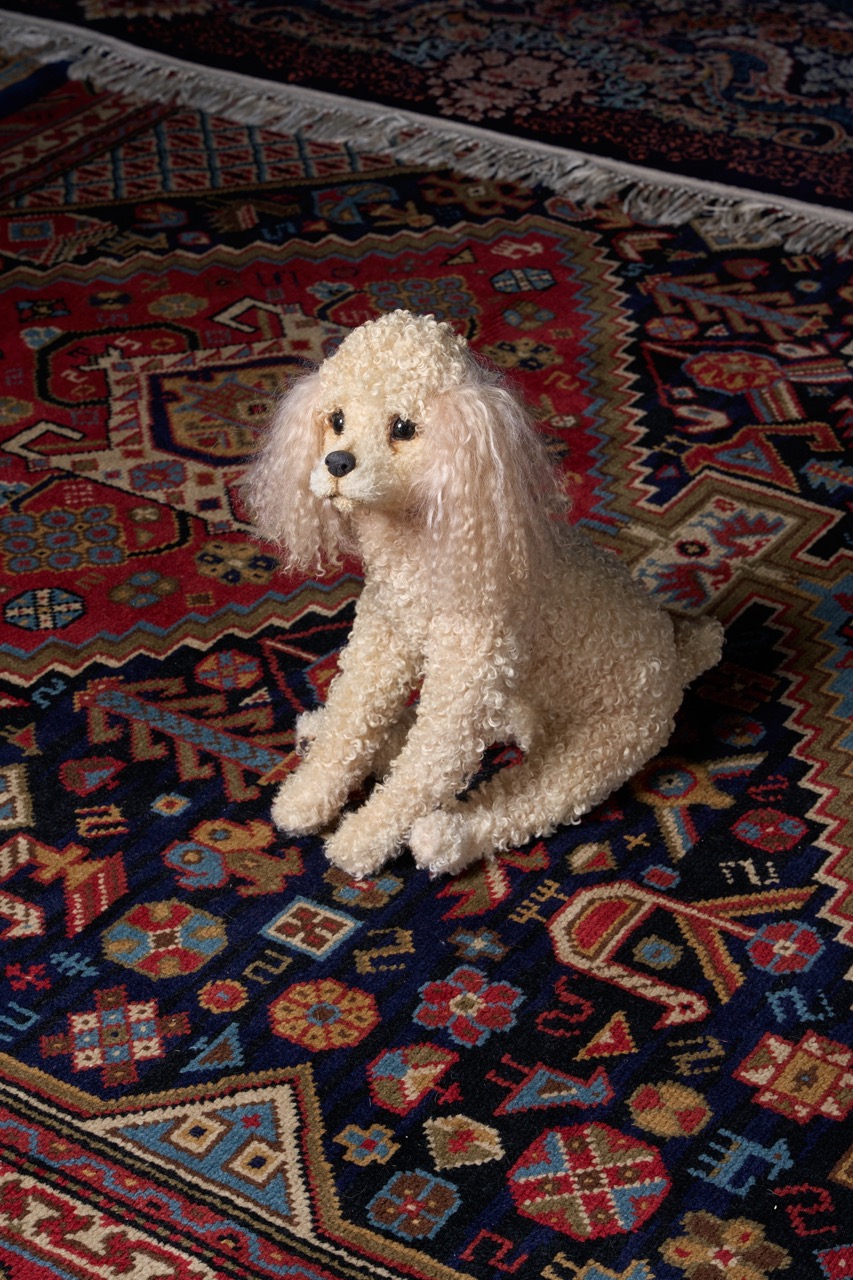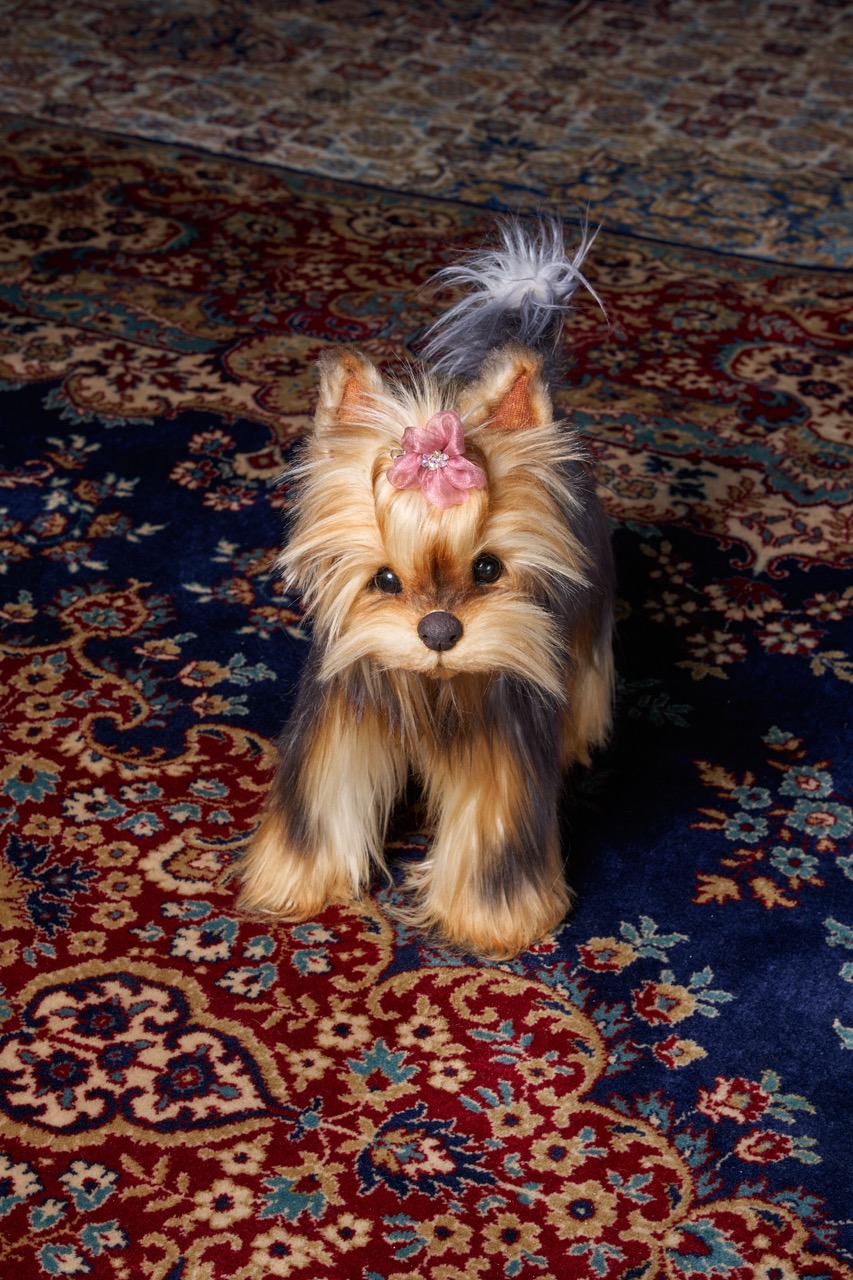From Humans, Horses and Hounds
-
![]() Anouk Lamm Anouk
Anouk Lamm Anouk
Human/Horse N°19,2024
Acrylic on Linen
100 x 80 cm -
![]() Anouk Lamm Anouk
Anouk Lamm Anouk
Human/Horse N°20,2024
Acrylic on Linen
70 x 55 cm -
![]() Anouk Lamm Anouk
Anouk Lamm Anouk
Human/Horse N°21,2024
Acrylic on Linen
70 x 55 cm -
![]() Anouk Lamm Anouk
Anouk Lamm Anouk
Human/Hound N°10,2024
Acrylic on Linen
40 x 40 cm -
![]() Anouk Lamm Anouk
Anouk Lamm Anouk
Human/Hound N°11,2024
Acrylic on Linen
40 x 40 cm -
![]() Anouk Lamm Anouk
Anouk Lamm Anouk
Human/Hound N°12,2024
Acrylic on Linen
40 x 40 cm -
![]() Anouk Lamm Anouk
Anouk Lamm Anouk
Human/Hound N°15,2024
Acrylic on Linen
100 x 80 cm -
![]() Anouk Lamm Anouk
Anouk Lamm Anouk
Pferdchen, Pferdchen (Shaped Canvas) N°3,2024
Acrylic on Linen
70 x 55 cm -
![]() Anouk Lamm Anouk
Anouk Lamm Anouk
Lesbian Jazz N°91,2024
Acrylic on Linen
100 x 80 cm -
![]() Anouk Lamm Anouk
Anouk Lamm Anouk
Lesbian Jazz N°92,2024
Acrylic on Linen
200 x 150 cm -
![]() Anouk Lamm Anouk
Anouk Lamm Anouk
Lesbian Jazz N°82,2024
Acrylic on Linen
40 x 40 cm -
![]() Anouk Lamm Anouk
Anouk Lamm Anouk
Lesbian Jazz N°83,2024
Acrylic on Linen
40 x 40 cm -
![]() Anouk Lamm Anouk
Anouk Lamm Anouk
Lesbian Jazz N°84,2024
Acrylic on Linen
40 x 40 cm -
![]() Anouk Lamm Anouk
Anouk Lamm Anouk
Lebsian Jazz N°85,2024
Acrylic on Linen
40 x 40 cm -
![]() Anouk Lamm Anouk
Anouk Lamm Anouk
Lesbian Jazz N°86,2024
Acrylic on Linen
40 x 40 cm -
![]() Anouk Lamm Anouk
Anouk Lamm Anouk
Lesbian Jazz N°87,2024
Acrylic on Linen
40 x 40 cm -
![]() Anouk Lamm Anouk
Anouk Lamm Anouk
Lesbian Jazz N°89,2024
Acrylic on Linen
100 x 80 cm
Anouk Lamm Anouk’s exhibition From Humans, Horses and Hounds explores the artist’s interest in a profound connection between lesbianism and animal liberation. Anouk has transformed the gallery from a traditional white cube into a homely, inviting environment carpeted with Persian rugs and lined with new paintings in their distinctive palette of muted, natural tones. Three life-like sculptures of dogs sit on the carpets amongst the paintings; a yorkshire terrier greets visitors as they walk into the gallery and two poodles observe the paintings in the exhibition. Like everything in the show, the dogs are carefully positioned to create a welcoming space that feels different to the hostilities of the outside world. The carpets, which Anouk sourced from across their home town of Vienna, bring a softness and informality to the gallery, inviting viewers to sit on the floor. We are encouraged to spend time together, with other humans and animals, in a communal space that feels safe, that feels like home. As a queer person, Anouk is conscious of being excluded from many mainstream contexts that are not accepting of their identity. For many LGBTQIA+ people home does not necessarily feel safe or welcoming, which means new homes must be forged creatively, built on the foundations of community and connections with like minded individuals.
For Anouk, those early meaningful connections were not found with other humans but with animals. They believe their ability to better relate to animals rather than humans is connected to their autism. Animals are now central to their life – they share their home with cats and dogs who accompany them around Vienna. But of course many venues won’t allow animals to enter, Anouk’s choice to place the poodles and terrier in the gallery, both breeds that Anouk has previously lived with, is an attempt to reclaim space for animals. Just as they are reclaiming space for queer people, specifically the lesbians who occupy their paintings. New paintings from three bodies of work hang in the exhibition; ‘Lesbian Jazz’, ‘Human/Horse’ and ‘Human/Hound’. The Lesbian Jazz paintings feature lesbian figures sharing intimate moments surrounded by words like ‘finally safe’ and ‘this is home’. The figures are deliberately neutral, they are devoid of distinguishing features, offering viewers an opportunity to consider a lesbian viewpoint or even to see themselves in the work. Growing up without queer role models, Anouk feels it is their duty to be visible and share LGBTQIA+ experiences through their work, particularly creating space for androgynous, femme, lesbian and non-binary perspectives.
In both small and large scale paintings, lesbian figures are painted alongside dogs and horses. Painted from the same neutral palette, the human and animal figures merge together with areas of exposed canvas, elements of the natural world coming together as one. Large arched canvases act as portals between worlds, bringing nature into the gallery and inviting viewers to step into the magic. Through painting Anouk explores the kinship between lesbians and animals, posing the question, is it their shared marginalisation that connects them? There is a long history of queer people finding solace in the natural world. Animals, landscapes and plantlife offer unconditional acceptance and love, space for healing and spiritual connection.
Whilst preparing for the exhibition, Anouk has been researching historical connections between lesbians and animals, and particularly the animal rights movement, as a way to contextualise their own passion for the topic. There are many moments within art, philosophy and culture that the deep rooted connection between lesbians and animals is revealed. Anouk has studied the painting and sculpture of 19th and early 20th century artists, including Romaine Brooks, Lotta Laserstein and Renée Sintenis, who were said to have had relationships with women and who regularly featured animals in their work, often alongside female or gender non-conforming subjects. Anouk has titled an entire body of work ‘For Rosa Bonheur’, after the French painter of animals who lived openly with her female partner and successfully campaigned for a special permit to wear trousers at a time when it was forbidden for women. The celebrated lesbian couple Gertrude Stein and Alice B. Toklas provide inspiration for many contemporary queer creatives and Anouk finds particular interest in the pair’s close relationships with their dogs who often appear in historical accounts of their lives. Another key figure in Anouk’s research is the American sculptor Alice Morgan Wright who founded the Animal Defense League in 1907. The organisation’s mission to promote compassion towards all living beings resonates with Anouk’s own commitment to using their practice to advocate for a fairer, more equitable world for all creatures. Finding evidence that the kinship between lesbians and animals dates back through the centuries seems to have deepened Anouk’s sense of responsibility to share their perspective with the world through their practice. The work that Anouk has made for this exhibition channels the spirit of these historical lesbian figures and is made all the more powerful by a sense of queer ancestral collectivity, a passing of the baton of compassion through time.
Anouk Lamm Anouk (b. in Vienna, Austria) lives and works in Vienna, Austria. Anouk studied at UdK, Universität der Künste, Berlin, Germany, and Academy of Fine Arts Vienna, Austria. Their artistic practice spans painting, drawing, sculpture, installation, and writing. Their manifesto claims: “No Age, No Gender, No Origin”, or as they say: “I am no one I am nothing” which could be a reference to their embedment in Zen Buddhism. Anouk identifies as trans-non-binary and by virtue of this and living as a Person with autism, it is crucial to them to rid themselves of the external attributions and labels that come from normative society in order both to see and encounter others without the violence of classification and anticipation, to be truly open.
The starting point of their paintings is the raw linen, the canvases itself is crucial. The unprimed frontside of the linen is a living part of their works and becomes a connecting visual element across several series. Their colour palette is strictly limited, most often to earthy colours, hues of black and oH-white are also present; reduction is key. Anouk works both in series and independently of series – some paintings are solely abstract, while others are predominantly figurative – all of which is connected by unique handwriting and gestural strokes. Text or text fragments are also part of their practices. The texts are intentionally unobtrusive, sometimes they require viewers to look for them. These give a hint or raise questions.
In their abstract series “post/pre” circular forms abound through the use of a makeshift compass that soaks attention toward the centre of most of the paintings, which operate according to the assumption that emptiness is the foundation of fullness, that nothing is everything; emptiness as the basis of the fullness/richness of being, the void as the ultimate non-space. These “non-spaces” are portals into something else and should ground and help viewers dwell in the moment, anchored to the here and now, leaving behind the digital and its distractions to create worlds of images that invite viewers to linger.
In their work, Anouk returns to certain motifs, beings, and rhythms, which they unite together into a singular, holistic cosmos, with the aim of conjuring peaceful spaces for contemplation with a strong undercurrent of desire. This can be seen in their mostly figurative representations in the “Lesbian Jazz” series, which features abstract symbols and motifs embedded next to naked bodies. The bodies on the canvas are often female or non- binary, sometimes sexless, and always anonymous. Faces or facial expressions are rare and usually left out, because “Lesbian Jazz” portrays above all identity, a lifestyle, a community, and not individualized portraits. Their artistic practice emerges from the urgent need for queer visibility in a world rife with discrimination, and their paintings explore the visual languages of fluid identity and body as they are coded and re-coded within society.
Anouk’s other bodies of works – “The Void is My Temple” and “Mädchen kümmert sich/girl cares” – as well as much of their earliest works, frequently included animals or animal-like hybrids that imagined a world absent of humans and their anthropocentric systems.
